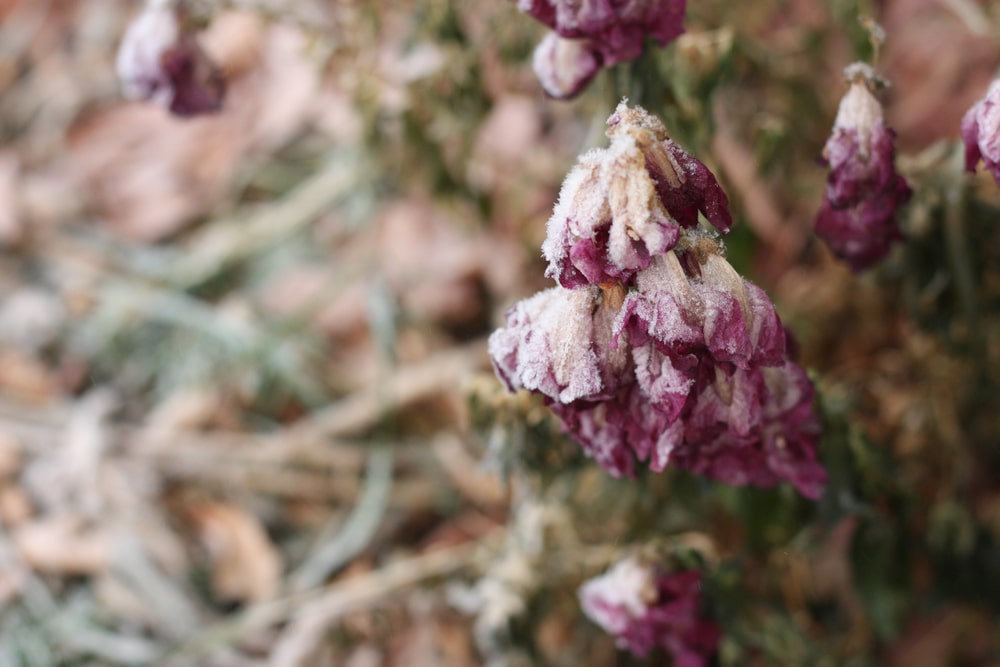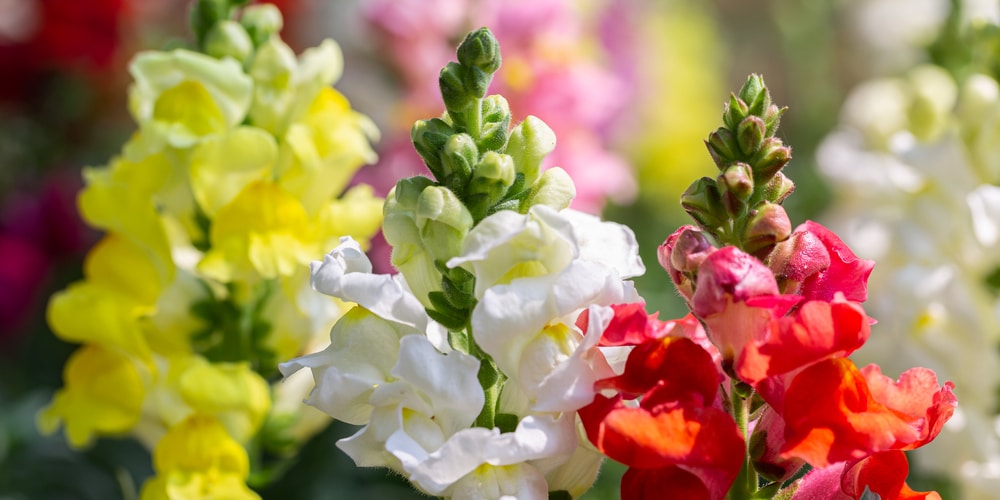While beautiful, snapdragons are typically difficult plants that seem to die out of nowhere. If you have dead Snapdragons in your garden and are struggling with them, you may wonder what is causing this issue. There are a few explanations for what could be the problem.
What Killed My Snapdragons?
The cause of dead or dying snapdragons can stem from many different issues, from how you care for them to contracting a disease.
Incorrect Watering
The most common reason behind plants dying tends to be a watering issue. Snapdragons need well-draining soil and watering whenever the top inch of their soil dries out. When given too much or too little water, snapdragons will wilt and look like they’re dying.
Hot Weather
Snapdragons don’t do very well in the heat. They need full sun, but they can react by wilting or looking dead when temperatures get too high. In hotter regions, your garden may not be suitable for growing snapdragons.
Snapdragon Rust
Snapdragon rust is one of the most common diseases for snapdragons. Rust is a fungal infection that initially presents as spots on the leaves that look like rust. As the spores mature, they appear powdery, and the centers turn black.
How Do I Save My Snapdragons?
Most fixes are simple once you determine the cause of the issue. A heat or rust issue, however, is a bit more complicated.
Change How You Water Your Plant
Once you rule out disease and heat, you can conclude that the issue is how you water your snapdragons. Remember, excess heat can lead to an underwatering issue for your plant, and poorly-draining soil can lead to an overwatering issue.
Your next step is to determine whether you are under or overwatering your snapdragons. This is as simple as feeling the soil or using a moisture meter. If the soil is too moist, you may have underwatered your snapdragons. After, change how often you water your plant and maybe adjust for heat or soil conditions. Water it whenever the top inch of the soil is dry.
Too Much Heat
If your snapdragons are reacting to excess heat, you may not be able to do much. They don’t tolerate shade well, so moving the plant into the shade may harm it. You can move them into partial shade and keep an eye on their water needs.
Make sure the plant is doing well in partial shade during the hotter months, and keep up with watering it, so it doesn’t start to wilt again.
Treat Snapdragon Rust
The best treatment is prevention, but it may be too late for prevention. If rust has already claimed parts of your snapdragons, prune them with a clean pruning knife. Make sure you sterilize it between cuts to prevent contaminating the healthy parts of the plant. If there’s too much infection to treat with pruning, you can use a fungicide on rust.
To prevent future snapdragon rust, ensure plenty of space between plants, minimizing transfer and making the environment less ideal for the fungus to thrive. Keep an eye out for similar diseases like powdery mildew, which has the same treatment.
Dead Snapdragons: In Conclusion
Once you treat the cause of your issues, snapdragons should perk up in no time, and you can go back to having a beautiful, vibrant garden. Remember to monitor your plants after removing any disease so you can catch it early if it returns. Snapdragon blooms are generally long lasting if the plant is cared for correctly.

